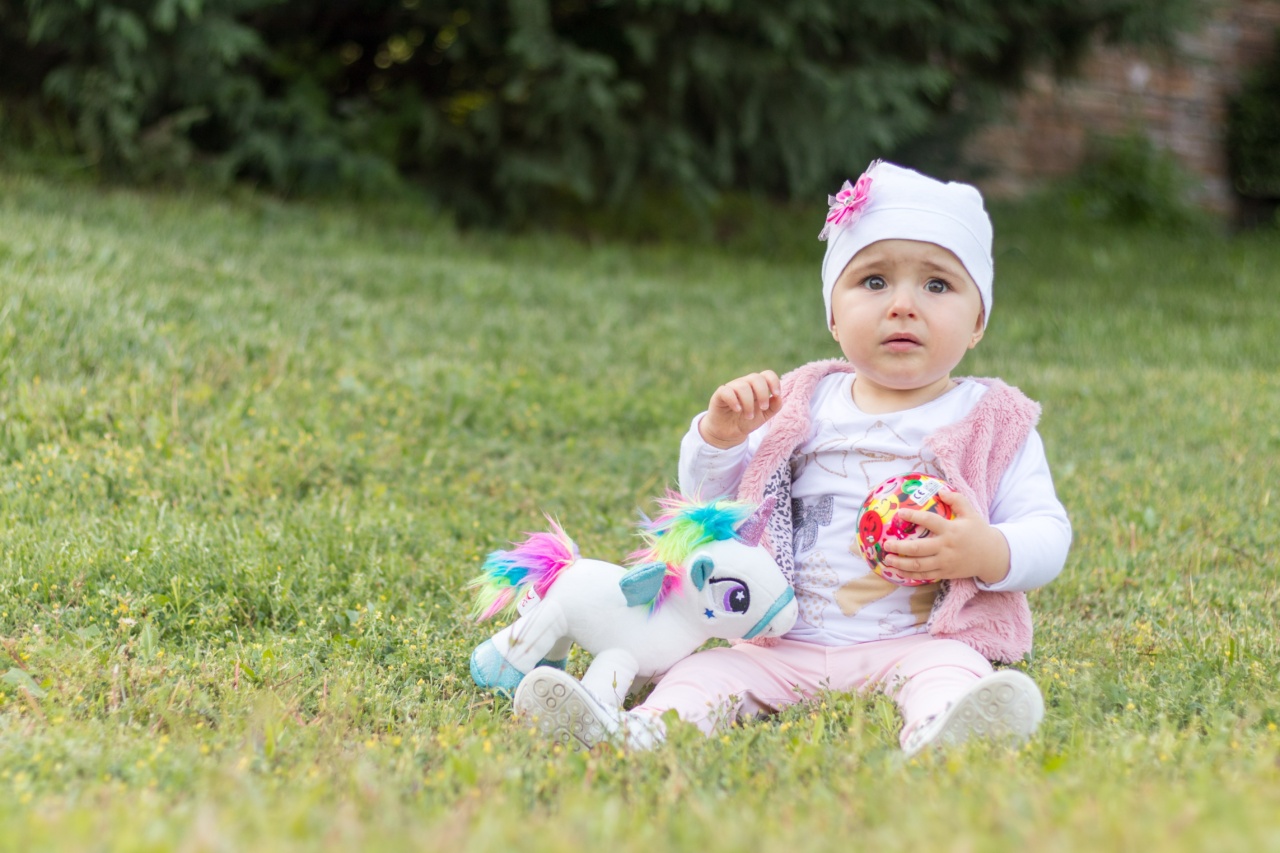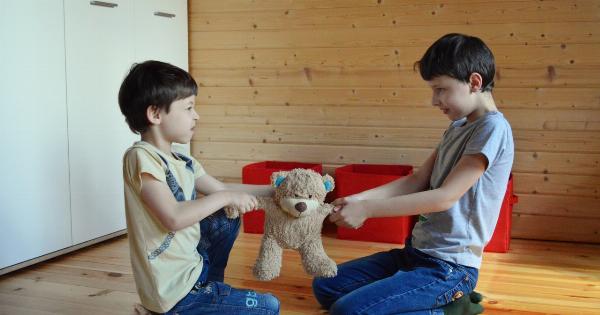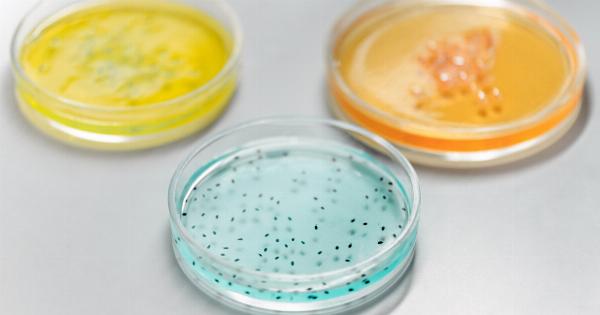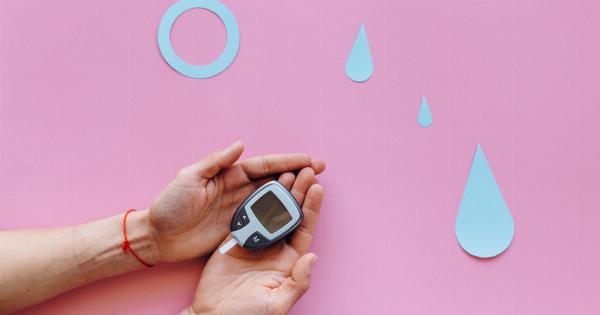Children often display aggression, which can be a common feature of their development. However, this aggression can have varying degrees, and sometimes parents may worry about whether it is normal or pathological.
It is important to understand the difference between innocent and pathological aggression to address these concerns.
What Is Innocent Aggression?
Innocent aggression is a typical developmental phase that most children go through. It is normal for young children to assert themselves and stand up for themselves and to feel physically confident and powerful.
They may develop a sense of superiority and dominance, but this should be within a certain limit.
Moreover, it is also essential to notice that children can be impulsive and have difficulty in controlling their temper. They may kick, pinch, bite, or hit others, which can hurt the victims and harm themselves.
However, parents and caregivers should not worry too much about innocent aggression as it usually fades away as children grow up. Instead, they can help children learn and model better ways to control their emotions and cope with frustration.
What is Pathological Aggression?
Pathological aggression is a severe form of aggression that goes beyond the typical and normal level of aggression that children often display.
It is often associated with severe mental health conditions such as conduct disorder or oppositional defiant disorder.
The disorder is characterized by persistent and persistent patterns of defiant behavior, refusal to follow rules, aggression, hostility, and destruction of property.
Children who suffer from this disorder may act out of control and sometimes harm themselves or others.
Furthermore, pathological aggression may also result from exposure to traumatic experiences such as abuse, neglect, or even prolonged exposure to violence.
In such cases, the development of pathological aggression may be a coping mechanism that the child has developed to survive the trauma he or she has experienced.
How to Differentiate Between Innocent and Pathological Aggression?
It may sometimes be difficult to distinguish between innocent and pathological aggression. However, some signs can help parents and caregivers to differentiate between the two.
Frequency and Intensity of Aggression
Innocent aggression is usually occasional, not continuous, and of low intensity. Pathological aggression, on the other hand, is often persistent, frequent, and severe.
Triggering Factors
Innocent aggression may have a discrete and specific trigger, such as frustration, hunger, or tiredness. However, for pathological aggression, no discernible trigger exists.
Effects on Child’s Social Functioning
Pathological aggression often has negative consequences on the child’s social functioning and peer relationships.
This is because, with this aggression, children typically have impulse control issues, which may result in repeated conflicts with peers or authority figures.
Impact on Physical Health
Pathological aggression can impact a child’s physical health, and repeated and intense episodes of aggression may lead to physical injury.
How to Help Children with Innocent Aggression?
If your child is displaying signs of occasional and low-intensity aggression, there is no need to panic. This is a normal stage in their development, and you can help them to comply with social norms and model self-regulation by:.
Teach Them to Control Their Emotions
You can teach your child how to control their emotions by modeling self-restraint and talking about other ways they can react to frustration.
You can also help them practice different techniques such as deep breathing or counting to ten before reacting impulsively.
Provide Them with Safe and Positive Outlets for Their Energy
You can provide your child with positive outlets for their energy, such as sports or physical activities that allow them to release their aggressive energy safely.
Encourage Good Social Skills
Teaching social skills can help children to interact with others in a positive way. You can help your child learn how to positively talk to others, how to share, how to listen actively and respond respectfully to others.
When to Seek Professional Help?
Parents and caregivers should seek professional help if their child’s aggression is persistent, severe, and has negative consequences on their social, emotional, and physical wellbeing.
Seeking professional help can make the difference between avoiding possible negative outcomes by identifying early and intervening promptly.
Conclusion
Innocent aggression is normal and expected during childhood, but pathological aggression is severe and requires intervention.
By understanding the signs that differentiate between the two, parents can feel more prepared to address their child’s aggressive behaviors. With parents’ guidance and support, children can learn how to control their emotions, channel their energy positively, and interact in healthy and positive ways with others.






























